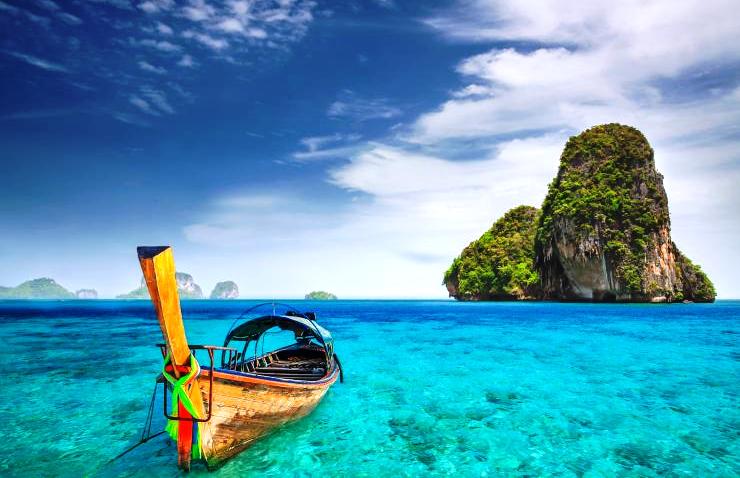Our Planet. What we can do.

Human society, of which we are all a part, is facing an environmental catastrophe unprecedented in history. The planet is in dire condition and ecosystems that keep all species of plant, animal and insects in harmonious co-existence ensuring the survival of all are moving quickly toward collapse.
This is due to the non-stop man-made industrialization driven by coal-fired power plants, billions of vehicles, destruction of the forests, clearing of the land and chemical farming to feed millions of cows. All these contribute to global warming, climate change and environmental degradation. This in turn is increasing the rate of extinction of the many species of insects that help to pollinate the fruits and plants we rely on for food. We are exterminating ourselves.
The insects are food for hundreds of birds, reptiles and mammals. If the insects, grubs and worms disappear, so do the birds and many more beautiful creatures and eventually plant life itself will deteriorate beyond recovery. The entire ecosystem relies on insects to keep it going and we are entering another age of mass extinction this time, the fastest in the history of the planet- and its man-made.
The world’s insects are threatened with rapid extinction and this will introduce a “catastrophic collapse of nature’s ecosystems,” says an important scientific report which is the first scientific review of the threat to hundreds of thousands of species of insects and the crops that rely on them. The study found that more that 40 percent of the world’s insects are in serious decline and a third of them are endangered. The entire mass of the world’s insects is falling at a rate of 2.5 percent per year which means they could be all gone within a century. This is a shocking discovery. That would be hundreds of millions of years of exquisite evolution wiped out in a hundred years.
The magnificent hovering four-winged dragonfly would be no more flirting over our streams and ponds. Insects are heading for total extinction eight times faster than that of the reptiles and mammals and birds. They too are in grave danger of extinction. The Black West African Rhino is gone forever, never to roam the African plains again.
Soon you will be lucky to see bats and birds. The bird song in the morning is rare indeed and there are fewer swallows and swifts flying around. They depend on insects to live. In a period of 35 years as much as 98 percent of ground insects in Puerto Rico have already vanished. Wildlife is disappearing too. In England, the butterfly population has fallen by 58 percent on farmland in a nine-year period. We may have heard of the massive decline in the honeybee population. There were 6 million honeybee colonies in the United States in 1947 but by 2017, more than half were wiped out.
The modern methods of commercial farming are largely responsible although climate change is also a contributing factor. The cutting of forests, destroying hedgerows, leaving open flat fields sprayed with ever more toxic pesticides and chemical fertilizers are responsible.
The chemicals are blown by the wind across the lands even into protected forest areas as the German people discovered. There was a massive loss of insects in the protected forests.
As many as 75 percent loss of the insect population was recorded that shocked researchers and sparked government research into the dangers of pesticides in the environment.
The worst of all kind of insect killers are neonicotinoids and fipronil. They are at the roots of the problem. “When you consider 80 percent of biomass of insects has disappeared in 25-30 years, it is a big concern,” the scientist said. The industrial scale of sprayed poisons is the problem. These deadly chemicals enter the food chain and humans ingest them and they accumulate in the fatty tissue. One day they reach critical mass and trigger cancer tumours and other diseases.
This form of farming is driven by corporate farming and the market demand to provide cheap food for an over consuming and exploding population. The massive consumption of beef, pigs and chicken produced on an industrial scale is causing the ever-present climate change. The rising temperatures are killing the insects that can’t adapt. The methane gas produced by the billions of farm animals and the melting of the Siberian permafrost is mixing with CO2 and forming a blanket around the globe cooking us at one time and freezing us at another. There is an ever increasing rising of annual temperatures around the world that is harming crops, contributing to the melting ice cap, raising the level of oceans and inundating estuaries and coastal areas. Islands in the South Pacific are disappearing.
The only answer is to change our lifestyles and use our power as consumers, shoppers, and customers to demand organic food that is pesticide- and chemical-free and buy it only. The farmers will adapt and supply to meet demand. Then we can go one better and demand plastic-free seafood. The oceans are filling up with micro-plastic that is being swallowed by the fish in every ocean and sea.
Humans are consuming the fish with the micro-plastic pellets and its harmful effects are still unknown. We can also eat less meat and more organic vegetables and fruit.
There is more we can do. Support and vote for political candidates committed to an environmentally-clean world. Unless we take seriously this ongoing deadly decline in the insect species, our entire ecosystem will be damaged forever. Once they are gone, they are gone forever. With the bees and butterflies gone, we will be left with the flies and cockroaches. That will be a miserable and dangerous world.
Fr. Shay Cullen



